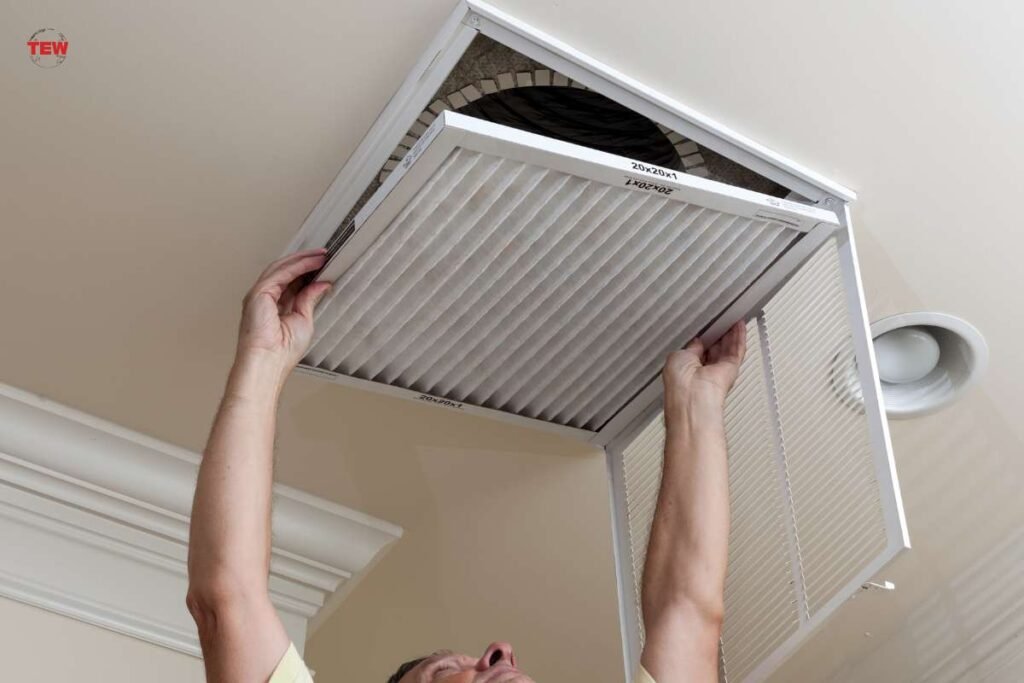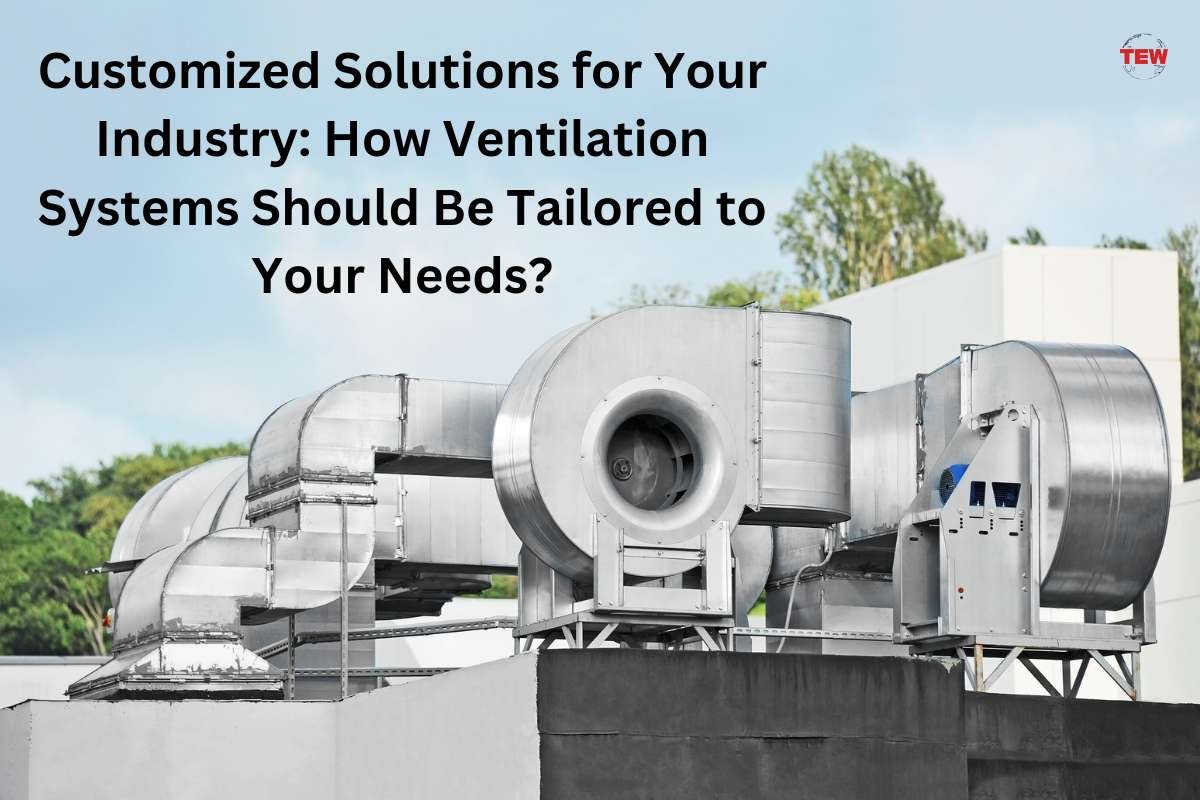Ventilation Systems are a critical component in the operation of any industrial facility. Whether it’s a manufacturing plant, a chemical processing unit, or a food production line, the need for effective ventilation cannot be overstated. It plays a vital role in maintaining air quality, controlling temperature, ensuring the safety of workers, and even enhancing the efficiency of various processes.
In industries where hazardous fumes, dust, or combustible materials are present, ventilation becomes a matter of compliance with regulations and a key factor in preventing potential disasters. From heat generated by furnaces and large compressors to odors produced in food manufacturing processes, the challenges of managing these elements are multifaceted.
Challenges Faced by Different Industries in Terms of Ventilation Systems
Different industries face unique challenges when it comes to ventilation. For example:
- Manufacturing Plants: The need to control dust, fumes, and heat generated by machinery, while also considering energy efficiency.
- Food Processing Units: The requirement to maintain specific temperature and humidity levels, along with stringent hygiene standards.
- Chemical Processing Facilities: The critical task of handling and venting potentially hazardous or explosive gases and vapors.
- Healthcare Facilities: The necessity to control airborne pathogens and ensure a sterile environment.

In the pursuit of cost savings, it’s not uncommon for decision-makers to gravitate towards a one-size-fits-all approach, opting for off-the-shelf equipment or the cheapest available options. While this strategy may seem appealing from a financial standpoint, it often overlooks the unique needs and potential risks associated with each specific industrial setting.
The appeal of cost-cutting measures and generic solutions is understandable, especially in a competitive market with thin margins. However, this approach can lead to a host of problems, ranging from inefficiency and frequent maintenance issues to catastrophic failures.
In the following sections, we’ll explore the benefits of customizing industrial ventilation equipment, highlighting the potential pitfalls of relying on off-the-shelf solutions and inferior foreign products without warranties. Through specific examples, we will illustrate the complex considerations involved, making it accessible to both technical experts and financial decision-makers.
Understanding the Need for Customization
In the complex world of industrial ventilation, the one-size-fits-all approach often falls short. While attractive for their immediate availability and seemingly lower costs, can lead to significant challenges down the line.
Consider a manufacturing plant that deals with various chemicals, each with its unique properties and handling requirements. A ventilation system designed for general use may lack the specific features needed to handle these chemicals safely. The result could be inadequate containment of fumes, leading to compliance issues, health risks to employees, and potential damage to other equipment.

Similarly, a food processing facility might require precise control over temperature and humidity to ensure product quality and safety. A generic ventilation system, not designed with these specific needs in mind, could lead to inconsistencies in the product, spoilage, or even regulatory violations.
While they may come at a lower upfront cost, the lack of quality assurance and after-sales support can lead to unexpected failures and costly repairs or replacements.
A hypothetical scenario might involve a duct heater malfunctioning due to an incompatible design with the specific industrial process, causing temperature inconsistencies, compliance issues, and potential damage to other equipment. The resulting production delays and financial losses could far outweigh the initial savings.
Introduction to Tailored Ventilation Solutions
Recognizing the limitations of generalized solutions, many industries are turning to tailored ventilation solutions. These customized ventilation systems are designed with the specific needs, challenges, and goals of each facility in mind.
Tailored solutions take into account factors such as:
- Air Changes per Hour (ACH): Customizing the rate of air changes to suit the particular processes and contaminants in the facility.
- Location of Processes: Considering the spatial arrangement of equipment and processes that generate dust, fumes, or heat, and designing the ventilation accordingly.
- Environmental Considerations: Adhering to state and local ordinances, as well as specific environmental needs like noise levels and potential hazardous gases.
- Equipment Layout: Designing the ventilation systems to fit seamlessly with the existing equipment layout, maximizing efficiency and ease of maintenance.

By working closely with engineers, designers, and other stakeholders, tailored solutions can achieve synergy between individual ventilation components, ensuring a proper ventilation system that performs to maximum efficiency and longevity.
Customizing industrial ventilation equipment is more than just a preference; it’s an essential consideration. Every detail matters, from selecting specific components such as supply and exhaust fans, cooler fan silencers, and dampers, to taking into account factors like building construction and local weather conditions. These tailored solutions ensure that the ventilation systems aligns perfectly with the unique needs and challenges of the facility.
Key Takeaways
The exploration of industrial ventilation has underscored the importance of customized solutions with over-generalized, cost-cutting approaches.
Key takeaways include:
- Unique Needs: Every facility has specific requirements, making a one-size-fits-all approach risky and potentially costly.
- Customization Benefits: Tailored solutions offer safety, efficiency, and long-term success, outweighing the initial appeal of off-the-shelf products.
- Avoiding Risks: The potential disasters from non-customized equipment highlight the need for careful consideration and expert guidance.
The investment in customized industrial ventilation is a strategic decision that balances cost efficiency with risk management. It’s a path toward excellence, ensuring a resilient operation that stands the test of time. The rewards of this approach, both in performance and peace of mind, are well worth the effort.




